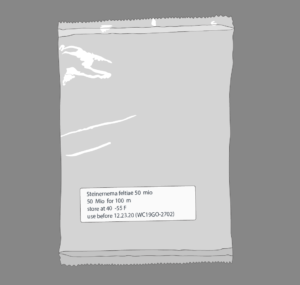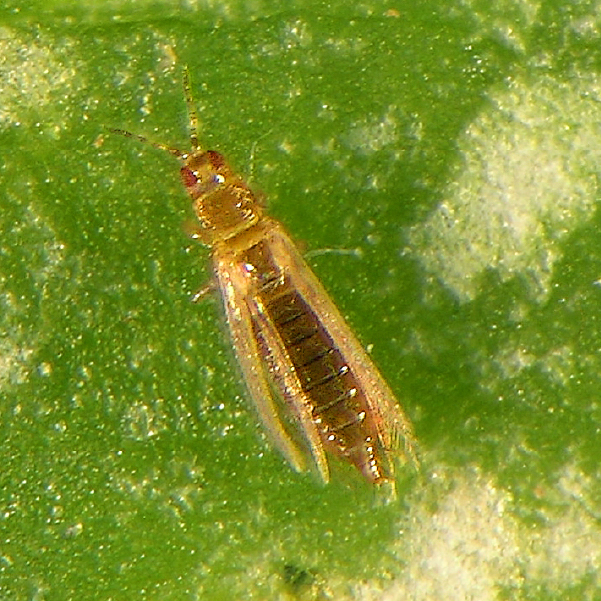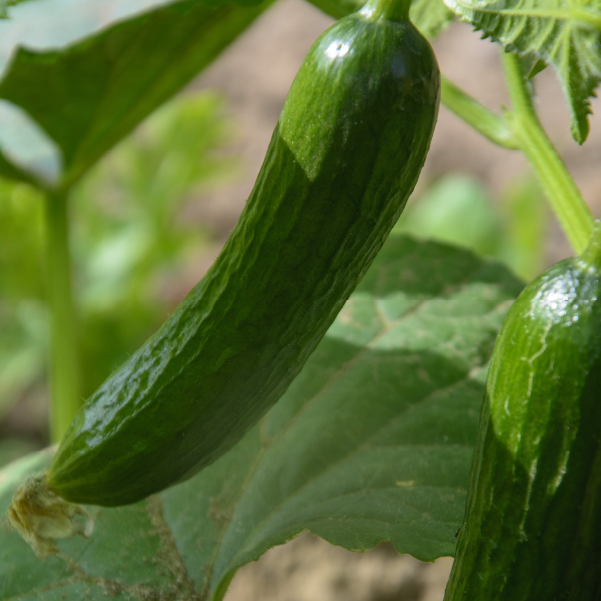BioSF is an Entomopathogenic nematode containing infective juveniles of Steinernema feltiae in an inert carrier .
Nematodes actively search for larvae. After locating pest larvae, nematodes invade through natural body openings and inject bacteria into the insect. Bacteria develop within the insect and it dies of septicemia after 2-3 days. Nematodes reproduce inside the dead larva. Thousands of new nematodes leave the dead larva and search for further prey.
Consult your local BioBee representative for additional details.
Target Pests
Product

- BioHb is packed in quantities of 50/250/500 million infective juveniles (third stage) in an inert carrier.
- Although BioSf is compatible with most fungicides and insecticides, tank mixing is not recommended.
- Simultaneous use of Nematicides must be avoided.
Application

- BioSf can be applied as a drench, through micro-irrigation and with a spray application.
- For optimum results it should be either applied early morning or late evening to minimize the effect of heat and sunlight.
- The soil surface should be moist at the time of application and it’s recommended to maintain the soil moist for 3-4 weeks after application.
- Dosage application depends on pest pressure.
Before combining BioSf with any chemical pesticide in the crop, please consult your BioBee technical field representative.
Crops
Storage
-

Storage temperature
-

Hang product on the plant
-

Do not Freeze
Disclaimer
BioBee Sde Eliyahu Ltd. produces and markets biological products. Production is carried out using innovative techniques under controlled quality assurance standards such as ISO 9001:2015, as well as IOBC’s international standards for mass-production of insects. All products are tested to meet specification requirements before leaving the factory.
The success of biological pest control is affected by the crop’s initial pest population (upon application of the product), weather conditions and chemical residue present in the crop, among other possible aggravating factors.
Under no circumstance shall BioBee be liable for the outcome of the implementation in the field, as it has no control over local conditions, the application method, or the possible improper treatment/storage of the product.





























